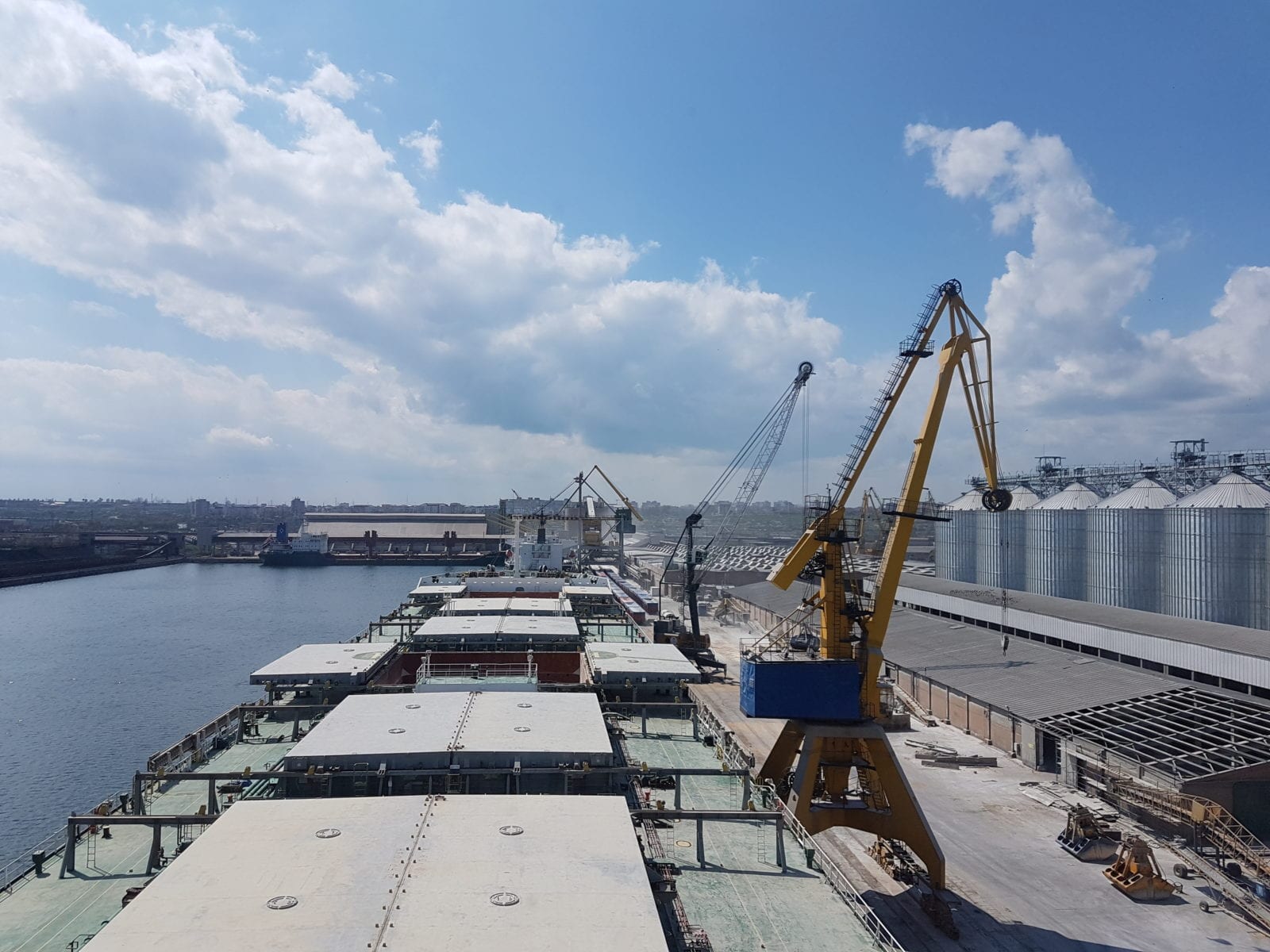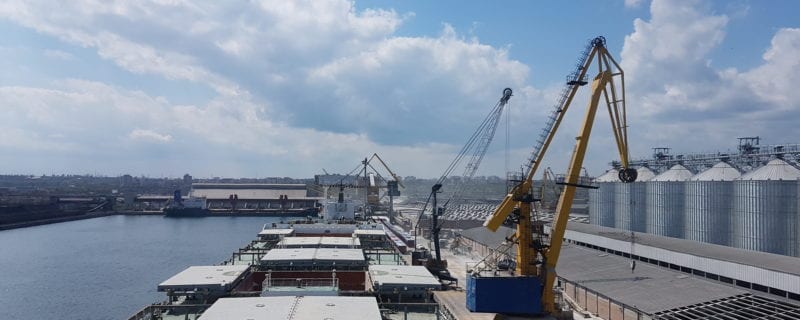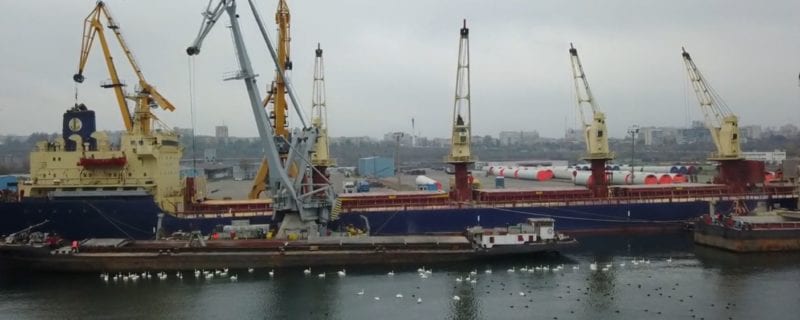Romania Receives First Shipment of 2018 U.S. Soybeans
- Category:
- Animal Utilization
- General News

While the very last soybeans acres in the U.S. are being harvested, the first shipment of beans from the new crop has reached Romania, specifically the port of Constanza on the Black Sea. On November 29, the first U.S. soybeans arrived in Romania and with processing already begun at Bunge.
Fresh soybean meal and oil produced from U.S. soybeans at Bunge’s Romanian plant have already begun to be used by Romanian and Bulgarian end users, poultry and livestock companies. This, combined with the availability of locally grown corn, gives Romanian feed and livestock industries a competitive advantage in the European context.
USSEC’s efforts over the past years to provide education and technical assistance have paved the way to easily implement quality control procedures in evaluating ingredient quality, updating matrix values and feed formulation. Today everybody speaks the same language in terms judging the quality of soy, differentiation by origin and proper application of soy ingredients.
In 2018, Romania became the number one corn-producing country in Europe, topping France for the first time. However, grain prices are still high and this continues to purchasing managers, nutritionists and managers from the local feed companies busy. Keeping production costs low and animal performances high is challenging under the current commodity market conditions and fierce competition in the animal protein sector.
Over the past several years, both the Romanian and Bulgarian industries made tremendous progress in performances and production volumes, especially in poultry meat production. The largest share of the poultry meat produced is sold chilled on the local market through modern retail outlets. In Romania, per capita poultry meat consumption is foreseen to increase to 28 kilograms (kg) in 2018, ranking second after pork meat, slightly up from the EU average of 27 kg. Meanwhile, the leading poultry integrators keep growing their exports in the EU market and developing towards higher-value products, “ready-to-eat” in response to European consumer preferences.
All of these developments provide excellent chances for more U.S. Soy exports to the Southeast European sub-region, predicted to grow in feed and livestock for the next years.


The favorable geographical position and the importance of Constanza Port is emphasized by the connection with two European transport corridors: inland waterway Danube and railway.